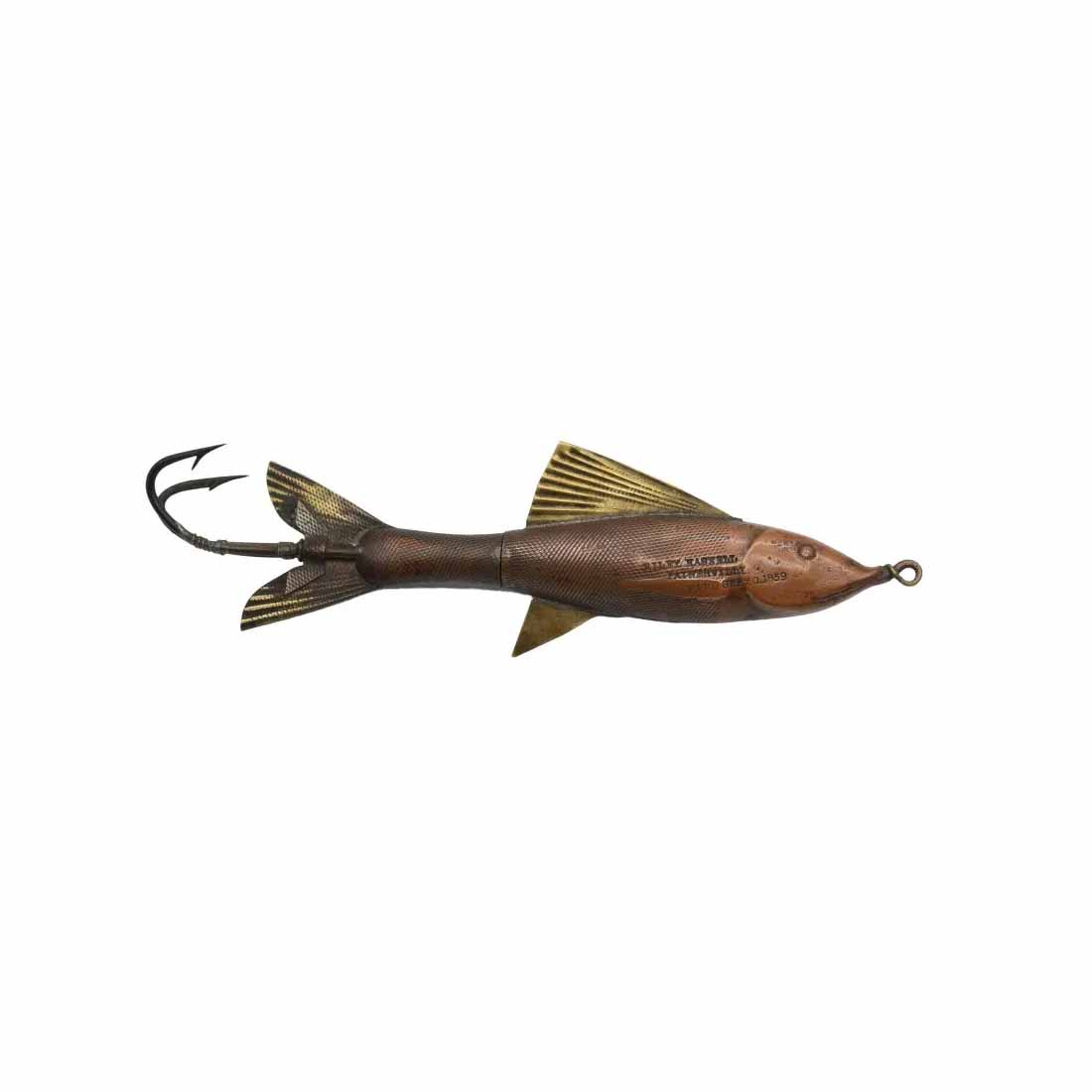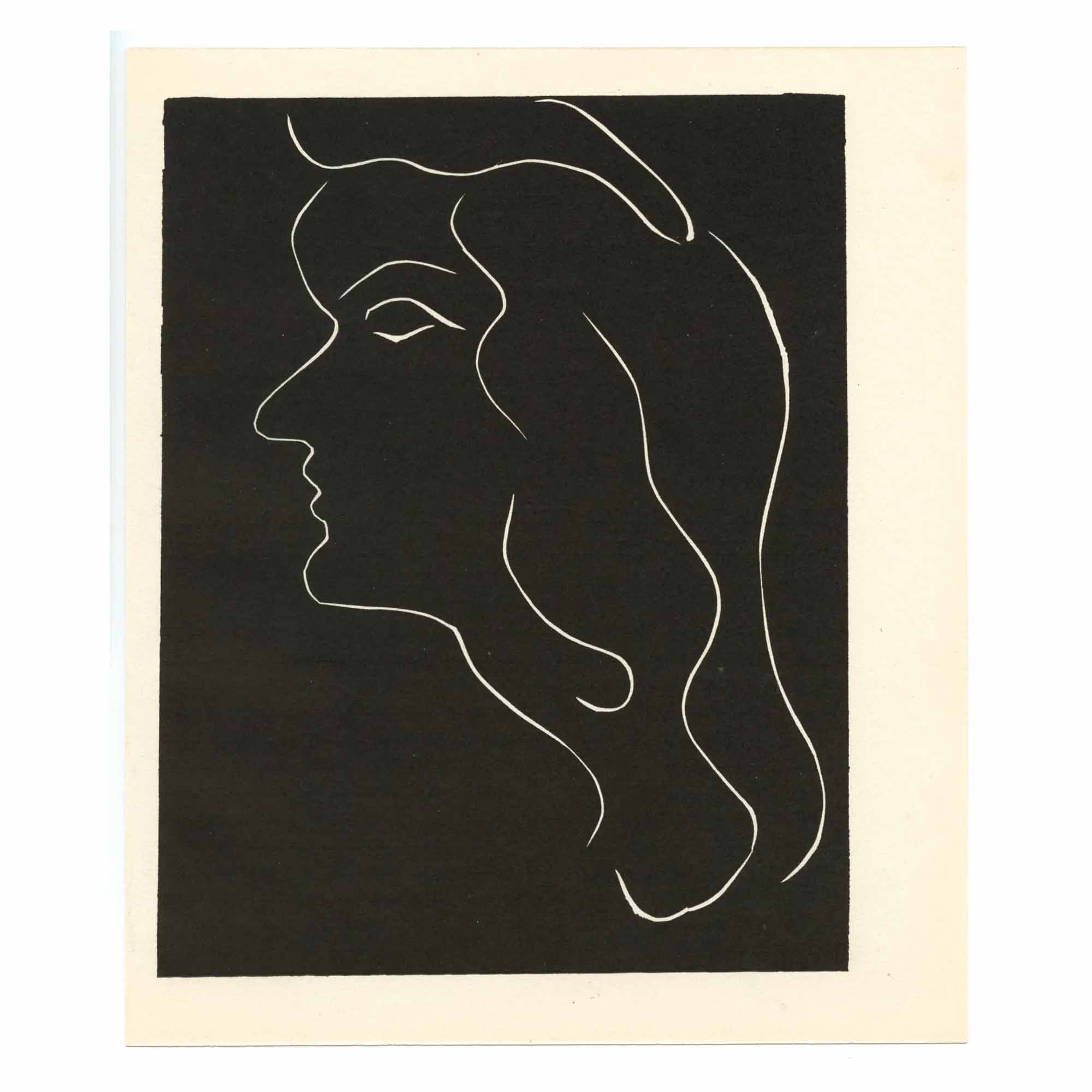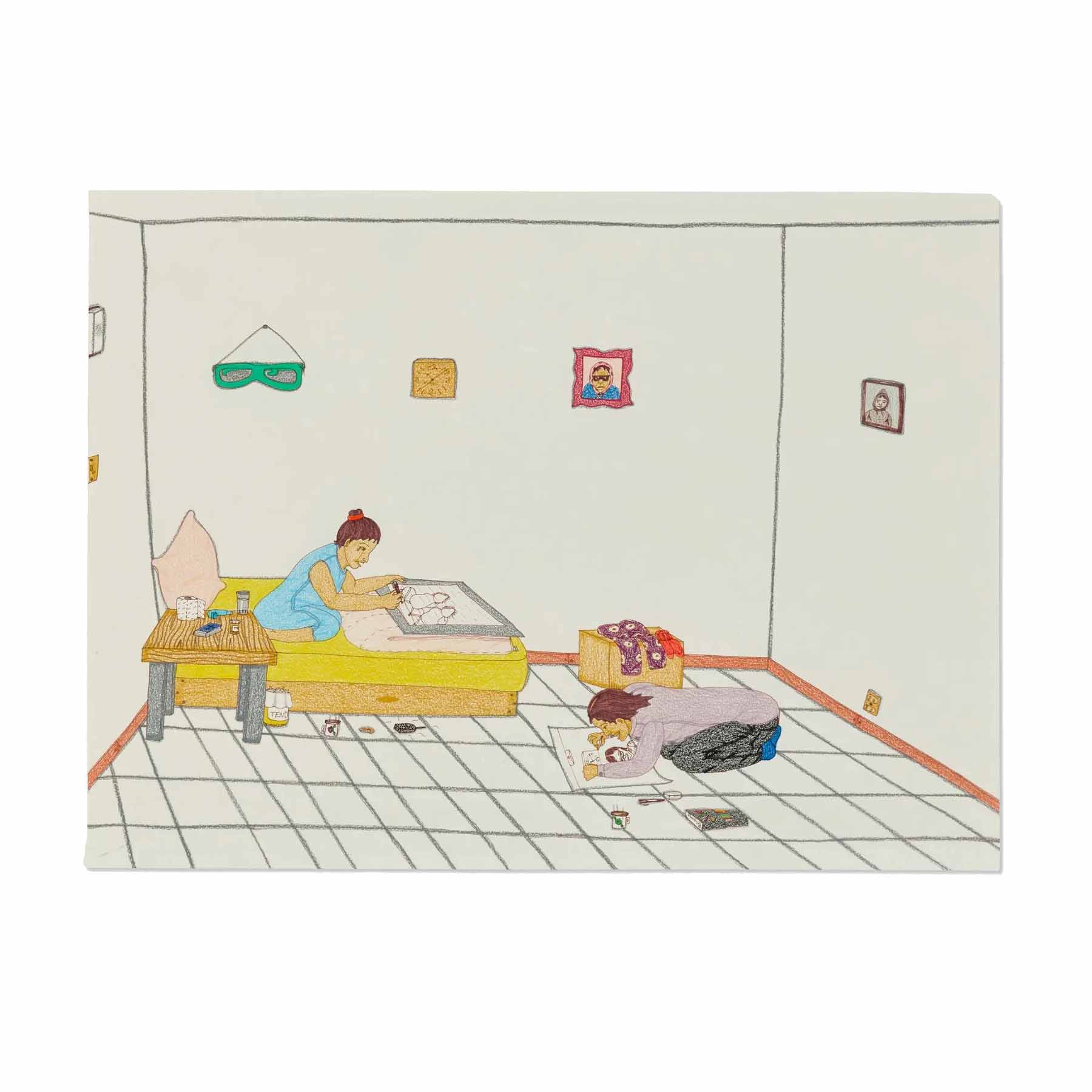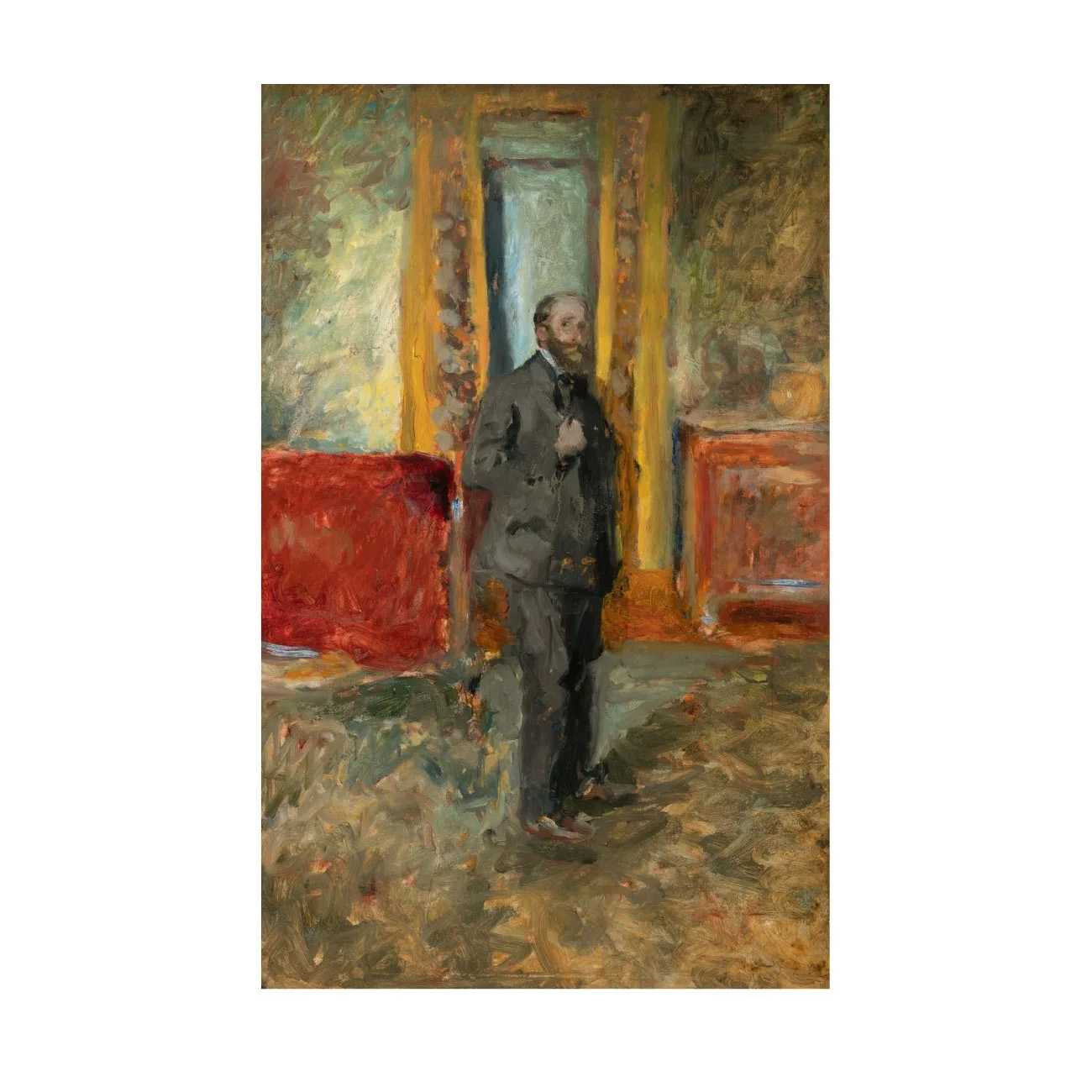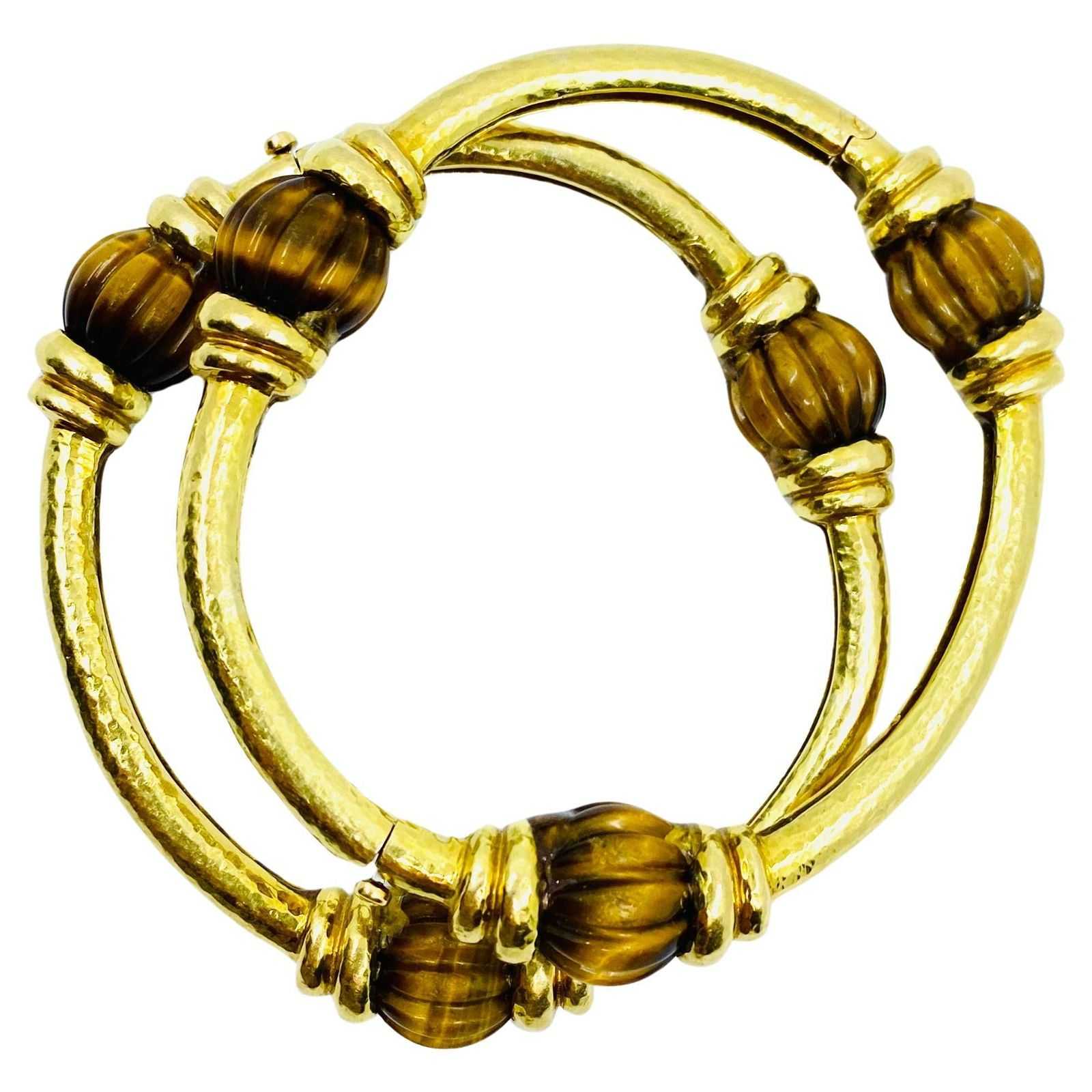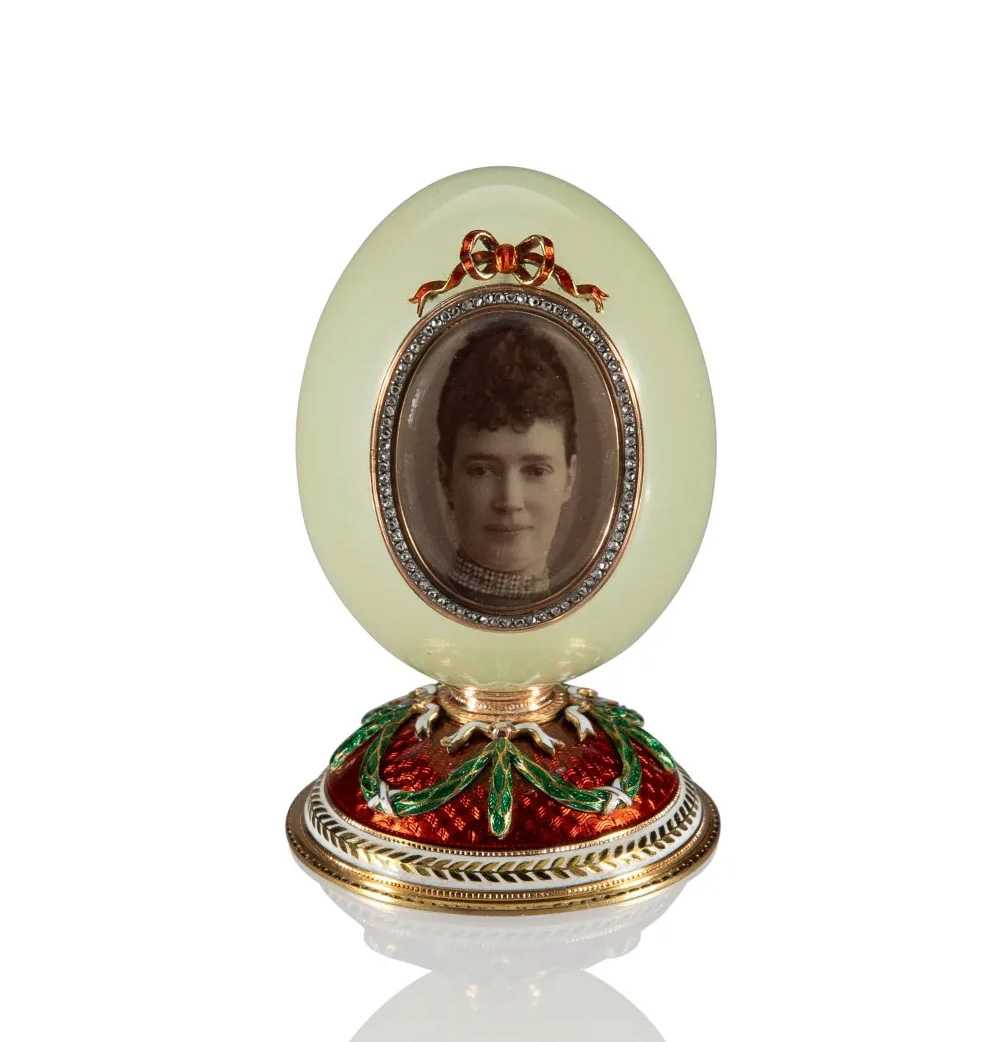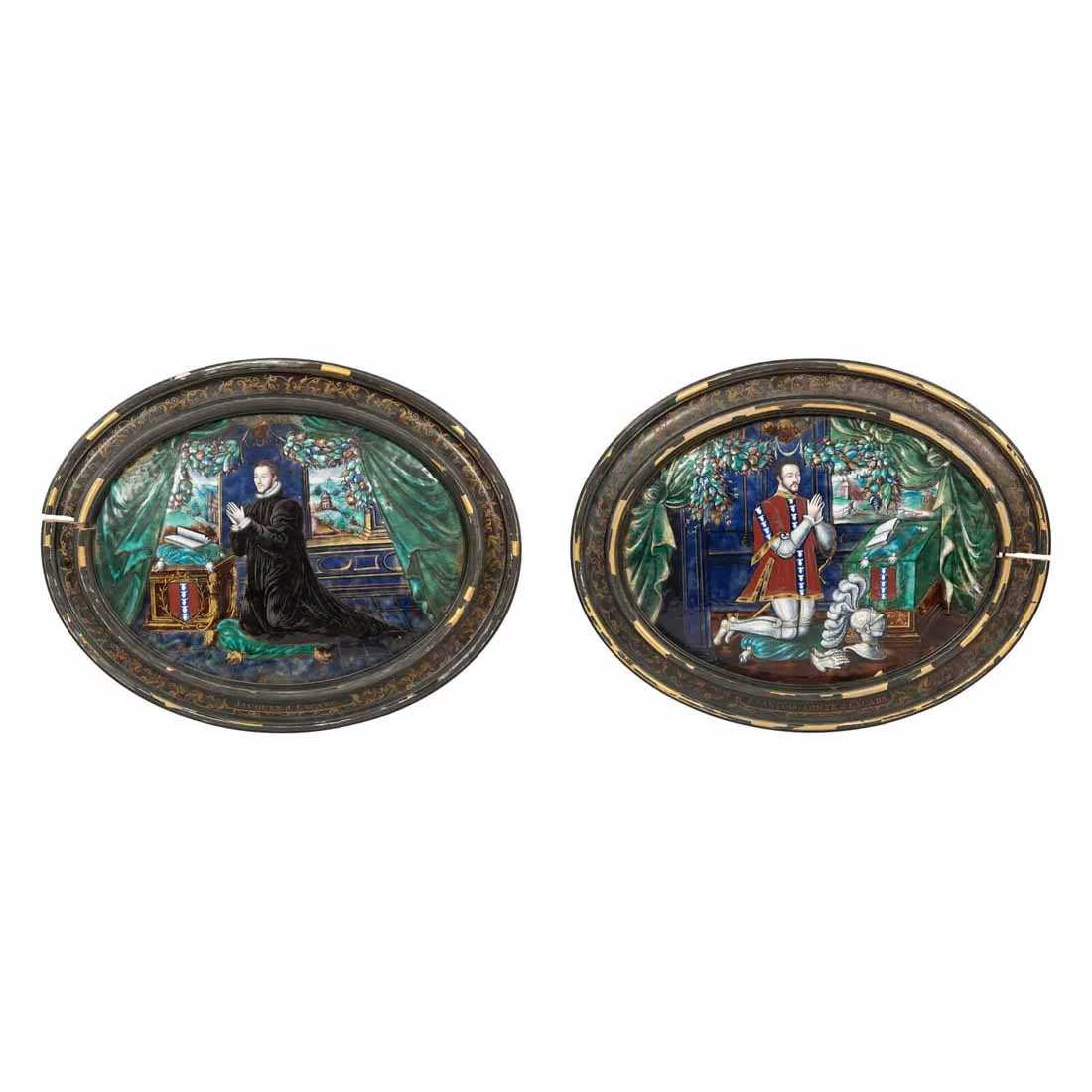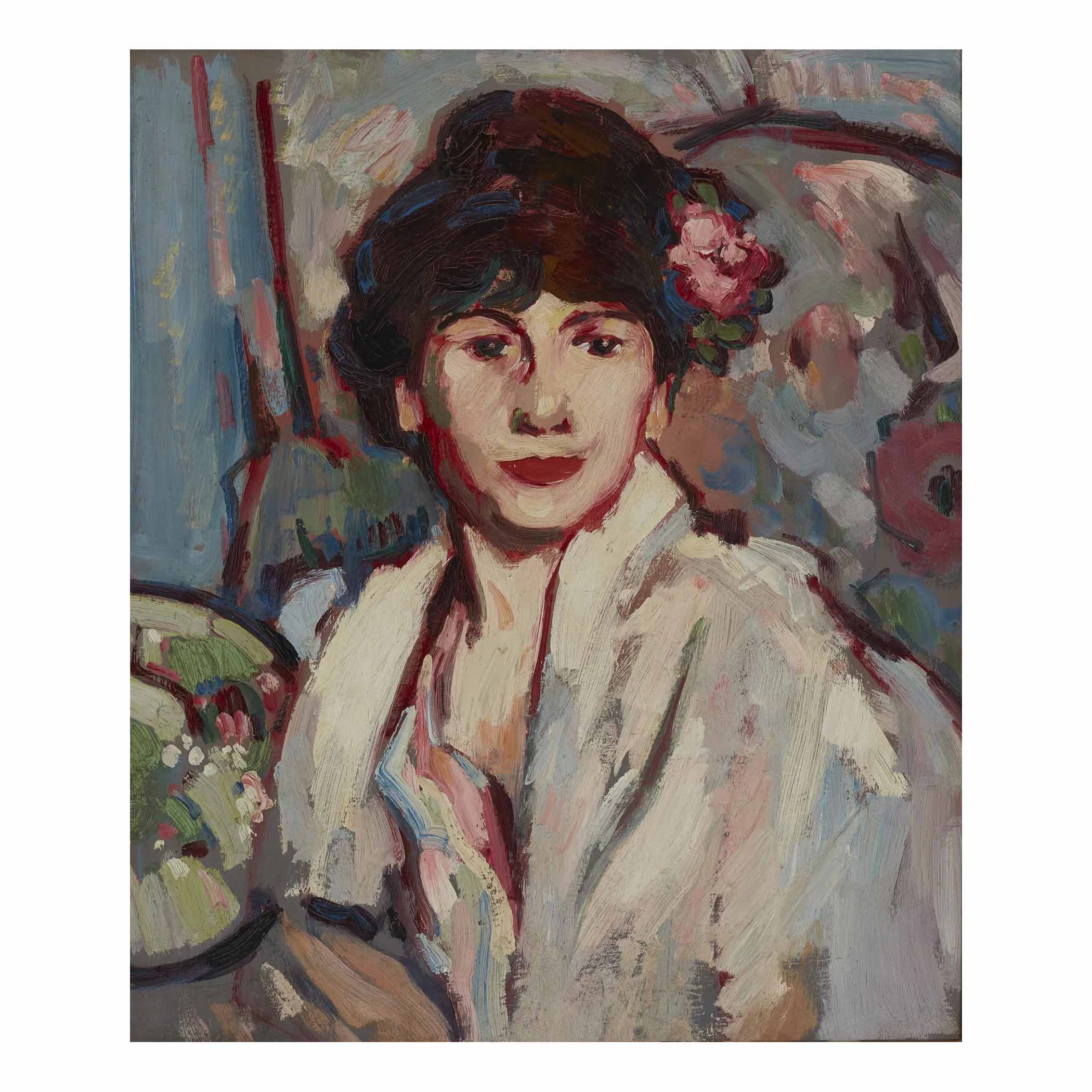LAS VEGAS – Soda fountain memorabilia, particularly lavish ceramic syrup dispensers and advertising signs, continue to dominate the category at auction. Morphy Auctions has mounted a 1,329-lot two-day sale scheduled for Friday, June 7 and Saturday, June 8 in Las Vegas. The catalogs are available for review and bidding at LiveAuctioneers.
The top-estimated lot is a Hires Root Beer set described by Morphy’s advertising specialist Dan Morris as “perhaps the pinnacle of Hires Root Beer advertising items.” The set includes a ceramic dispenser, platter, and three mugs, all adorned with images of the brand’s mascot known as the ‘Ugly Kid.’ Made by the esteemed German ceramics firm Villeroy & Boch, it is possibly the only set of its type in existence, and it comes to auction with a substantial $40,000-$80,000 estimate.
Dating to the late 1950s or early 1960s is a Coca-Cola ‘Roll-O-Vend,’ a pop-up trailer that provided Coke distributors and retailers with stylish platforms for selling soda at special events. Fully restored, Roll-O-Vends are rarely seen today, leading to a $15,000-$25,000 estimate.
‘We Proudly Serve 7Up’ is a painted-metal flange sign dating to the late 1950s. With only minor wear and slight scratches, Morphy describes it as ‘tremendous.’ Marked for the Stout Sign Co. of St. Louis, a company that was founded in 1886 and remains the industry leader, the flange sign is estimated at $6,000-$12,000.
This ‘Drink Coca-Cola Ice Cold’ double-sided porcelain sign is from the 1930s and was made by Tennessee Enamel Manufacturing Co. of Nashville. It measures 25 by 22in and is estimated at $8,000-$16,000.

Villeroy & Boch Hires Root Beer set, estimated at $40,000-$80,000 at Morphy.

Coca-Cola 'Roll-O-Vend' event trailer, estimated at $15,000-$25,000 at Morphy.
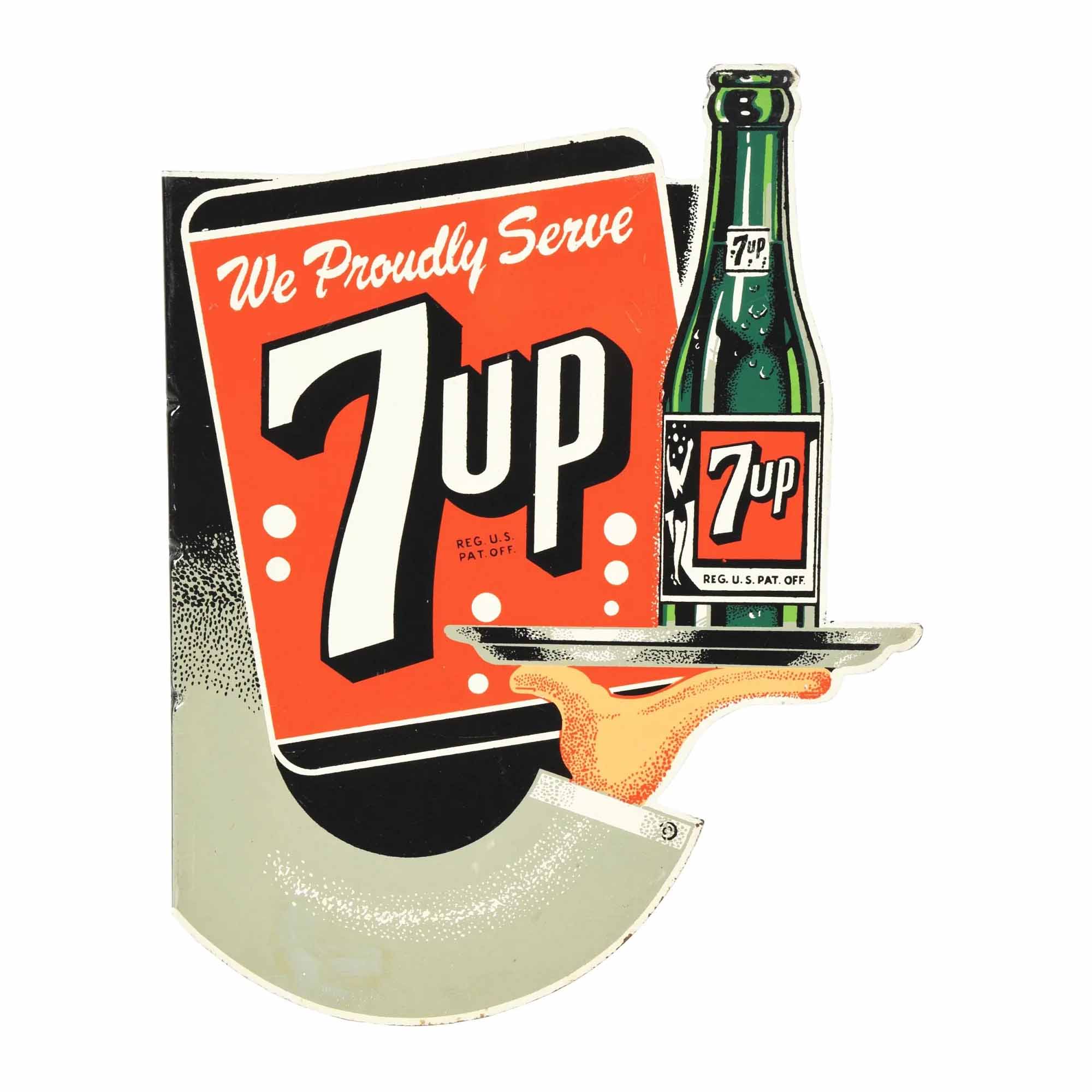
‘We Proudly Serve 7Up’ painted-metal flange sign, estimated at $6,000-$12,000 at Morphy.

‘Drink Coca-Cola Ice Cold’ double-sided porcelain sign, estimated at $8,000-$16,000 at Morphy.












